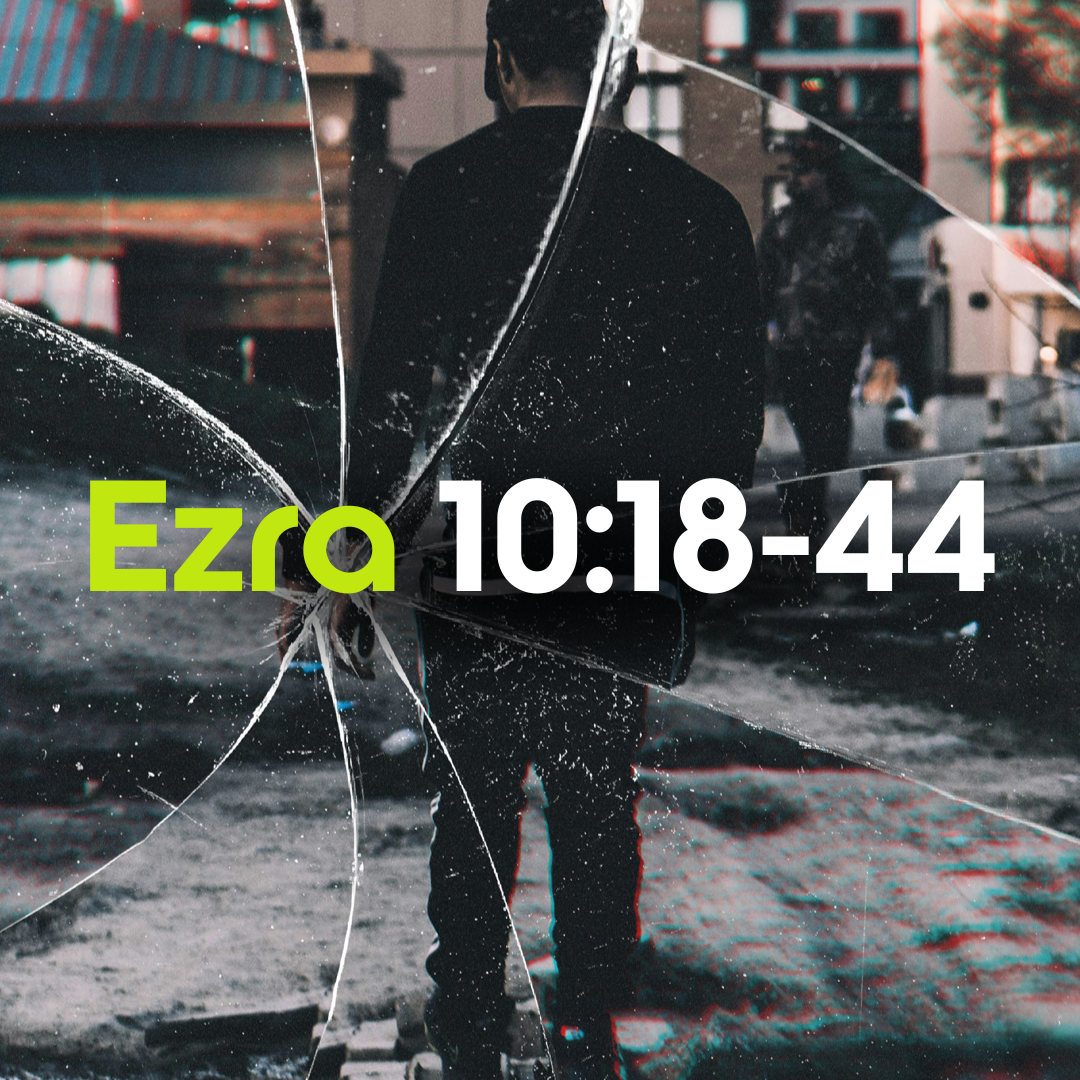




Then a proclamation was made throughout Judah and Jerusalem that all the exiles should come to Jerusalem.
While Ezra prayed and made this confession, weeping and lying face down on the ground in front of the Temple of God, a very large crowd of people from Israel…
'And now, O our God, what can we say after all of this? For once again we have abandoned your commands!’
When these things had been done, the Jewish leaders came to me and said, 'Many of the people of Israel, and even some of the priests and Levites, have not kept themselves separate from the other peoples living in the land.
O Lord, God of Israel, you are just. We come before you in our guildt…
And there by the Ahava Canal, I gave orders for all of us to fast and humble ourselves before our God.
I assembled the exiles at the Ahava Canal, and we camped there for three days while I went over the lists of the people and the priests who had arrived.
1Here is a list of the family leaders and the genealogies of those who came with me from Babylon during the reign of King Artaxerxes…
King Artaxerxes had given a copy of the following letter to Ezra, the priest and scribe who studied and taught the commands and decrees of the Lord to Israel…
Many years later, during the reign of King Artaxerxes of Persia, there was a man named Ezra.
I have placed my rainbow in the clouds. It is the sign of my covenant with you and with all the earth.
The narrative in Ezra 4-6 unveils a compelling story of the Israelites’ resilience and determination in the face of persecution and opposition.
So King Darius issued orders that a search be made in the Babylonian archives, which were stored in the treasury.
This is a copy of the letter that Tattenai the governor, Shethar-bozenai, and the other officials of the province west of the Euphrates River sent to King Darius…
So the work on the Temple of God in Jerusalem had stopped, and it remained at a standstill until the second year of the reign of King Darius of Persia.
Years later when Xerxes began his reign, the enemies of Judah wrote a letter of accusation against the people of Judah and Jerusalem.
The enemies of Judah and Benjamin heard that the exiles were rebuilding a Temple to the Lord, the God of Israel.
I have placed my rainbow in the clouds. It is the sign of my covenant with you and with all the earth.
The narrative in Ezra 1-3 paints a vivid picture of Israel’s fervent passion for the restoration of the temple, and a revival of their worship practises.
Then the people hired masons and carpenters and bought cedar logs from the people of Tyre and Sidon, paying them with food, wine, and olive oil.
In early autumn, when the Israelites had settled in their towns, all the people assembled in Jerusalem with a unified purpose.
Another group returned at this time from the towns of Tel-melah, Tel-harsha, Kerub, Addan, and Immer. However, they could not prove that they or their families were descendants of Israel.
Here is the list of the Jewish exiles of the provinces who returned from their captivity. King Nebuchadnezzar had deported them to Babylon, but now they returned to Jerusalem and the other towns in Judah where they originally lived.
In the first year of King Cyrus of Persia, the Lord fulfilled the prophecy he had given through Jeremiah. He stirred the heart of Cyrus to put this proclamation in writing and to send it throughout his kingdom…
When the builders completed the foundation of the Lord’s Temple, the priests put on their robes and took their places to blow their trumpets.






























Ezra 9-10 unveils a poignant narrative that resonates with the timeless call to be set apart—a call to holiness that echoes throughout the Bible.